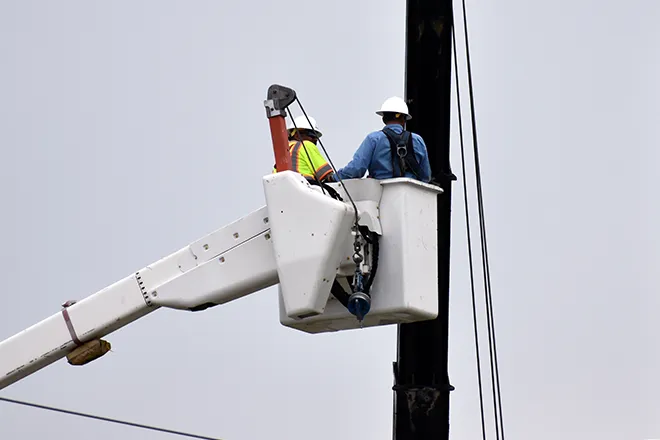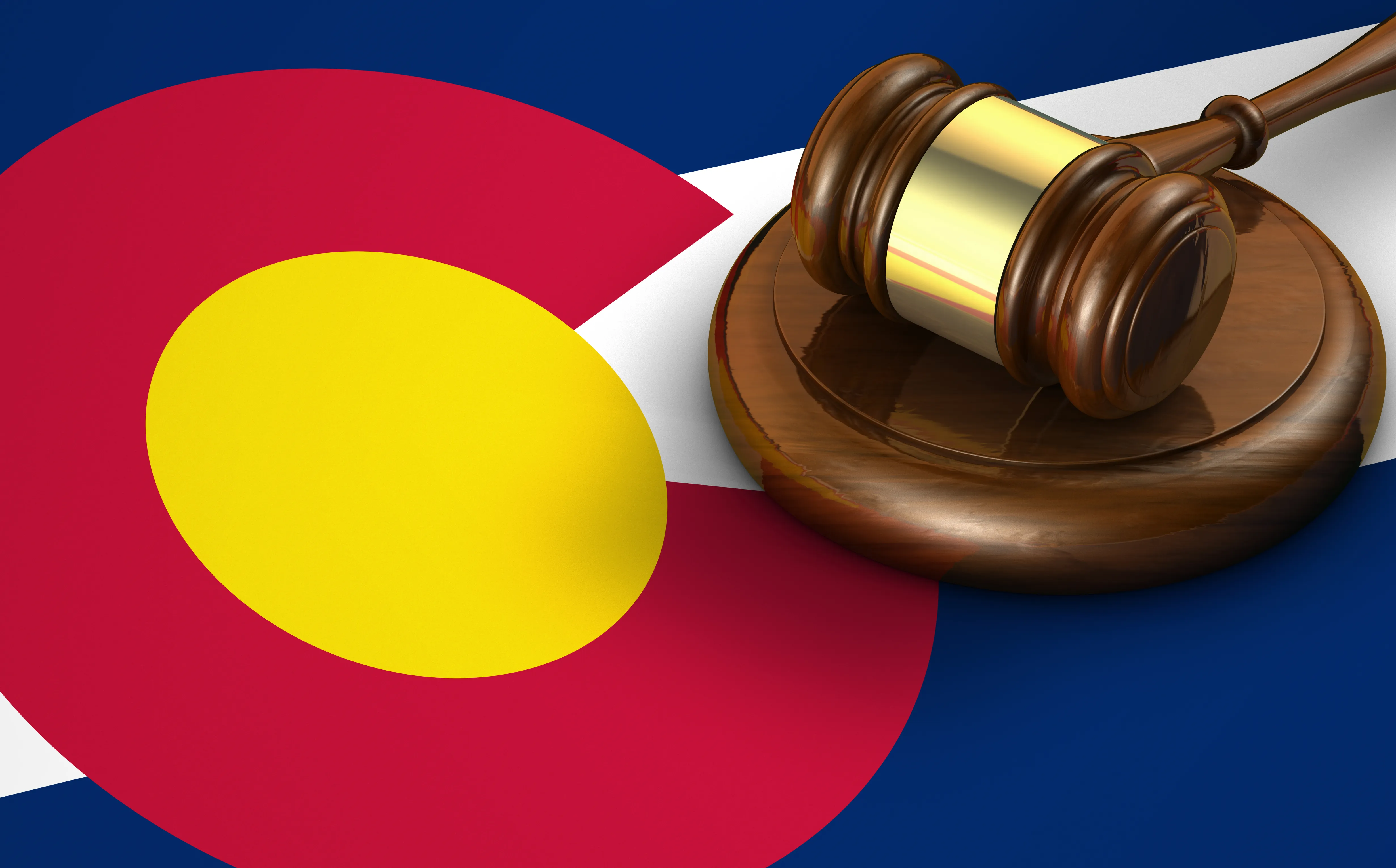
Iowa caucus results still unknown as Democratic Party claims reporting problems
© iStock - sefa ouzel
By Ted O'Neil | The Center Square
After hours of delays, the Iowa Democratic Party Tuesday morning has yet to release the results of the state's first-in-the-nation caucus voting.
The party experienced several problems with precinct reporting via a new phone app that multiple party leaders said they could not access.
In a middle of the night media call, Iowa Democratic Party Chairman Troy Price said results would be released at some point Tuesday, but it remains unclear when.
On the Republican side, President Donald Trump won his party’s Iowa caucuses with more than 97 percent support. On Twitter, Trump claimed victory and criticized Democrats for the reporting problems.
"The Democrat Caucus is an unmitigated disaster," Trump said. "Nothing works, just like they ran the Country. Remember the 5 Billion Dollar Obamacare Website, that should have cost 2% of that. The only person that can claim a very big victory in Iowa last night is 'Trump'."
As opposed to exit polling that media outlets traditionally do at primary voting sites, CNN Monday night conducted what it called “entrance polling” by talking to caucus-goers as they arrived at precincts. Democratic voters ranked health care first on their list of concerns at 40 percent, and nearly 60 percent said they favored eliminating private health insurance as a solution in favor of a government-run program.
Turnout was record-setting, with some 35 percent of attendees saying it was the first time they had attended a caucus.
In the most recent polling, Sanders led the field in both Iowa and New Hampshire. A CNN/Des Moines Register poll that was supposed to be released Saturday night was pulled after one or more candidates’ names were left off the list on some phone calls to likely Democratic voters. A CNN investigation found that at least one caller enlarged their computer screen, cutting off some names at the bottom as they read through the list of candidates and asked respondents about who they supported.
The caucus system differs greatly from the traditional primary voting method and will be used again in Nevada February 22. In the Iowa caucuses, voters gathered at one of more than 1,600 precincts held in places like libraries, church halls, school gymnasiums and even private homes and assemble in groups supporting each candidate.
This is called forming a “preference group” and also included an area for undecided voters to assemble. That was followed by 30 minutes of “electioneering” where supporters tried to convince others, including undecided voters, to join their preference group instead.
Only candidates with at least 15 percent were considered “viable.” Another 30 minutes were used for participants to persuade supporters of inviable candidates – and again undecided voters – to join them. Those supporting inviable candidates also tried to align together to get a candidate back to viable status.
When the voting was finished, a final head count was conducted and each precinct apportioned delegates to the county convention based on percentage of support for each candidate.
The caucuses began at 7:00 p.m. CST Monday, and for the first time ever, the Iowa Democratic Committee allowed satellite caucuses, including in 13 other states and three foreign countries.
New Hampshire will hold the nation’s first primary February 11. After the Nevada caucuses, South Carolina’s primary is February 29.

















